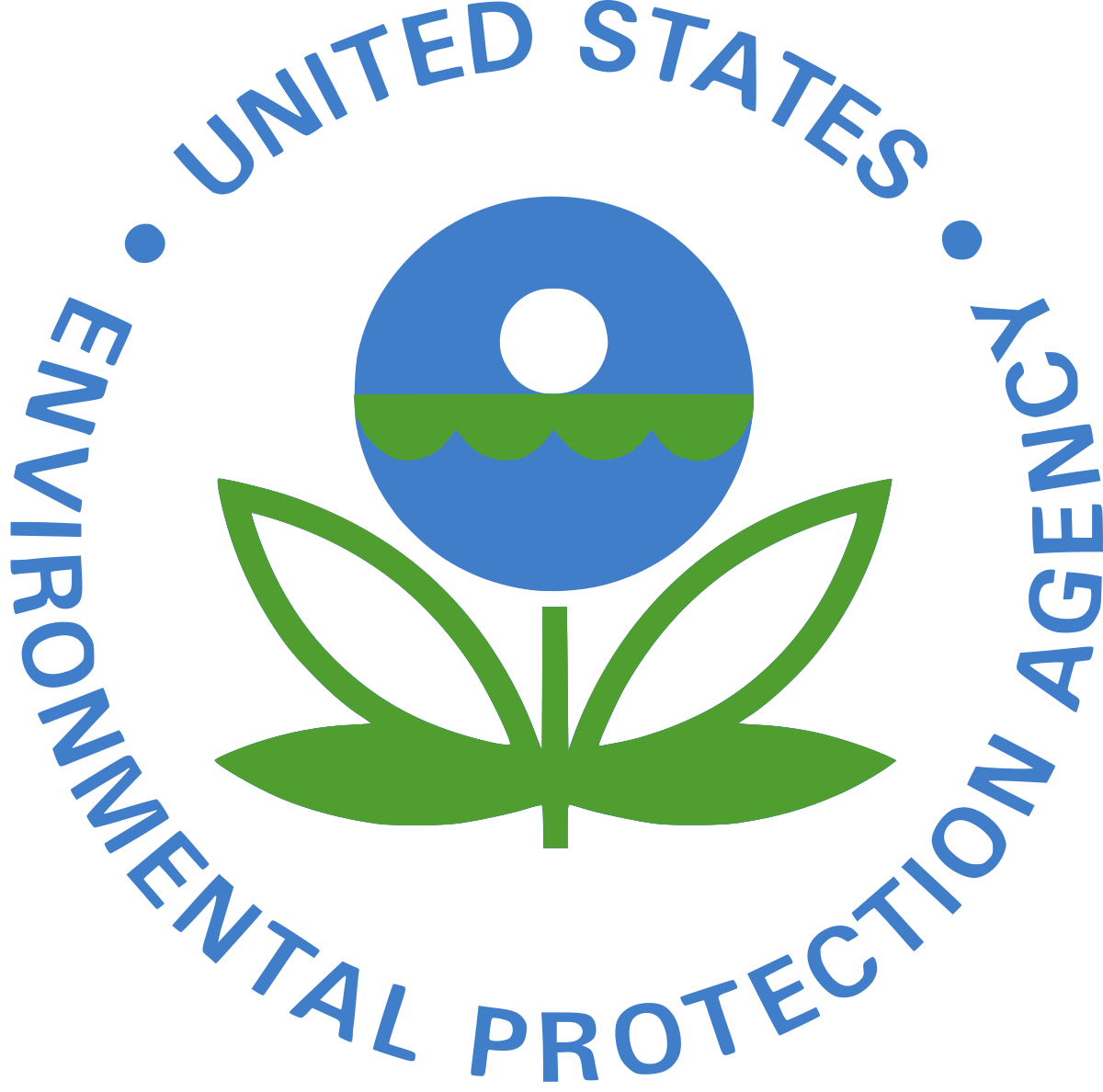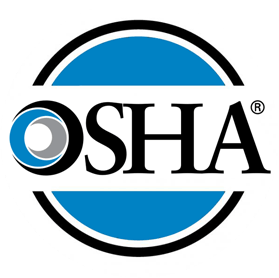
STAY INFORMED
Important Regulation Information
Here you'll find answers to frequently asked questions, access to important regulation information and newly posted safety tips.
Check back often!

TIER II REPORTS DUE! Tier II Filing for yearend 2023 is due March 1, 2024
Tier II filing for your facility is mandatory if:
Your facility has any OSHA defined hazardous chemical present at your site at any time - in amounts equal to, or greater than, 10,000 lbs.
- and/or -
Your facility has any one of the 300+ extremely hazardous substances (EHS) over the threshold planning quantity, which could be as low as 10 lbs. For example, Sulfuric Acid/Battery Acid has a threshold planning quantity of 500 lbs - meaning that 70 car batteries or 1 large forklift battery could put you over the threshold planning quantity.
Contact us if you need assistance and would like us to prepare this filing for you.

OSHA 300A Summary Posting
You must have your OSHA 300A Summary posted at your facility by February 1 and up until April 30.
Also, some employers are required to electronically submit the summary of injuries and illnesses to OSHA.
CLICK HERE to learn more about OSHA's rule on submitting electronically.
"The new rule, which took effect Jan. 1, 2017, requires certain employers to electronically submit injury and illness data that they are already required to record on their onsite OSHA Injury and Illness forms. Analysis of this data will enable OSHA to use its enforcement and compliance assistance resources more efficiently. Some of the data will also be posted to the OSHA website. OSHA believes that public disclosure will encourage employers to improve workplace safety and provide valuable information to workers, job seekers, customers, researchers and the general public. The amount of data submitted will vary depending on the size of company and type of industry." - OSHA Website www.osha.gov
Changes for 2019:
Beginning in 2019 and every year thereafter, Facilities with 250 or more employees in industries covered by the recordkeeping regulation, must submit information by March 2.
Beginning in 2019 and every year thereafter, Facilities with 20-249 employees in certain high-risk industries must submit the information by March 2.

OSHA Penalties Increased in 2019
As mentioned in the January OSHA Quicktake:
"OSHA's civil penalties amounts for violations of workplace safety and health standards will increase in 2019 to adjust for inflation. The adjusted maximum penalty amounts will take effect upon publication in the Federal Register. New penalties for willful and repeat violations will be $132,598 per violation; serious, other-than-serious, and posting requirements are $13,260 per violation; and failure to abate violations are $13,260 per day beyond the abatement date."
Important Reminders
Keep these in mind!
Regulations
Understand how these regulations impact your business and what
your responsibility is to your employees.
HAZWOPER
In March of 1990, OSHA’s final rule 29 CFR 1910.120, governing hazardous waste operations and emergency response, became effective. This has commonly become known as “HAZWOPER”.
Under the HAZWOPER standard, any employee who might be called on to respond, or who has the potential to respond, to an emergency needs training. Just how much training depends on what the employee is expected to do? In Section Q of the standard, OSHA has divided the training requirements into five separate levels that are linked to the specific duties of individual employees.
For example, the first training level addresses the most simple observe-and-report function that employees may be expected to fulfill. Ultimately, training progresses toward the more complex duties of stopping the spill, cleaning it up, and disposing of the
hazardous waste.
Five Training Levels are outlined in the regulation. For certain Industries we have customized a program to meet their specific needs only. In doing so, the following levels of training are covered.
Awareness Level
Observe and report
First Responder Operations Level Containing a leak or spill
This program is covered in four (4) hours. It includes testing and certification of completion.
EVERY FACILITY SHOULD HAVE AT LEAST THREE (3) EMPLOYEES TRAINED TO THIS LEVEL.
DOT
D.O.T. – Hazardous Materials
49 CFR Subpart 4, 172.704.
Regulation 172.704 of the Dept. of Transportation establishes training and certification requirements for all employees who handle, prepare, supervise, or have responsibility for hazardous materials for transportation, or who transport hazardous materials.
Training must include the following:
1) General Awareness
2) Safety
3) Function or Job-Specific procedures, Shipping Papers, Manifests, Labels, and proper Containers
4) Driver Training (where applicable)
5) Security Awareness
All employees must be certified, as having been properly trained, and training records must be main
tained for each employee.
Most Parts Wholesalers, Automotive Dealerships and Body Shops store and ship several different classes of hazardous materials.
The most common hazard classes are:
Class 1.4 Explosive Air bags and seat belt tensioning devices
Class 2.2 Non-flammable Gas
Anti-lock brake accumulators, pump assemblies, air bags, seatbelt tensioning devices, Freon 12, R134A and certain aerosol products
Class 3 Flammable or Combustible Liquid Paints, windshield washer, brake cleaner, solvents, hazardous wastes, (including waste oil)
Class 8 Corrosive Batteries and battery acid, carb cleaner, wire wheel cleaner, metal preps, paint strippers, hazardous waste
Class 9 MISC Air bags and seat belt tensioning devices and hazardous wastes
Class ORM-D Consumer Commodity-Other Regulated Materials Aerosol products, cleaners, degreasers, paints, and solvents
In your business, you may have employees who prepare or offer hazardous materials for shipment to
other facilities or to wholesale accounts. Your employees may also transport these products from distri
bution facilities, provide delivery services to off-site facilities or to customers or generate hazardous
waste. If you are involved in any of these activities, your business is required to provide adequate, docu mented training that meets all the requirements specified in 172.704 (HM-126F). All employees who prepare hazardous materials for shipment, who transport hazardous materials, or who are responsible for shipping or transporting hazardous materials must be trained. There are major penalties and fines for non-compliance.
RCRA
RCRA is environmental legislation aimed at controlling the generation, treating, storage, transportation and disposal of hazardous wastes. It is administered by the EPA - Title 40 CFR.
All generators of hazardous waste have to meet certain requirements under the Resource Conservation
and Recovery Act (RCRA). This program is designed to meet both your State and Federal RCRA requirements. If you are a large quantity generator, you have additional responsibilities relative to your company’s contingency plan.
Who should attend:
Everyone at your facility responsible for hazardous waste management and/or disposal. Company Emergency Coordinators for both small and large quantity generators.
Learn the RCRA basics and your responsibilities for hazardous waste management under US EPA,
DOT, OSHA and State rules:
- Cradle to Grave Liability
- Safe Handling of Hazardous Wastes
- Hazardous Waste Characteristics
- Handling of empties, leaks and spills
- Disposal methods
- TSD Facility selection
- Emergency Coordinator Responsibilities and Training
- Transporter’s requirements
- Disposal Facility requirements
- Properly completing EPA manifests
- Management responsibilities
- Surviving an EPA or State Inspection
- Civil and criminal penalties
- Waste Minimization
INDUSTRY LINKS
Quick links to important sites
